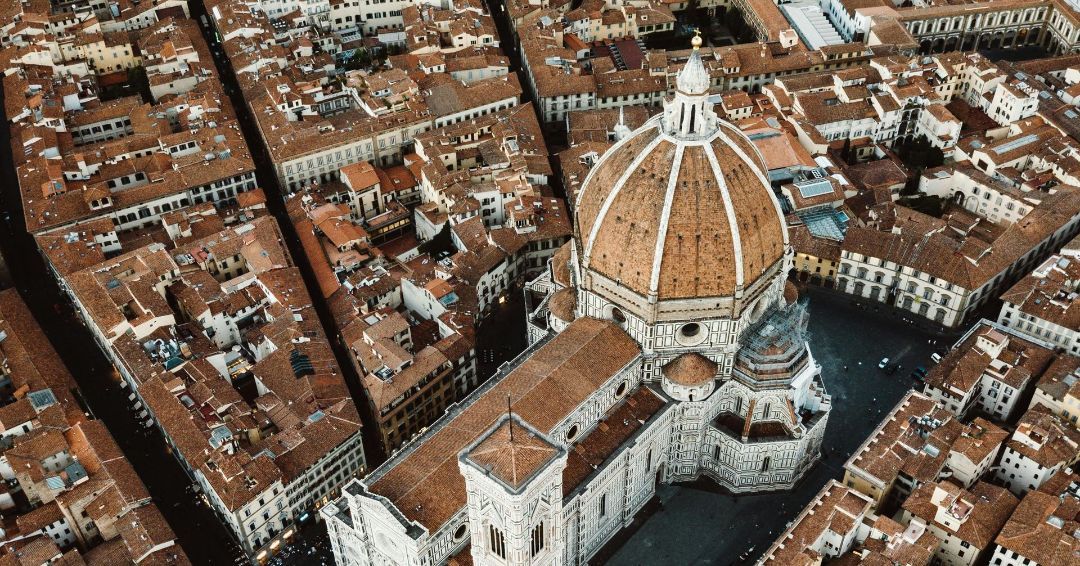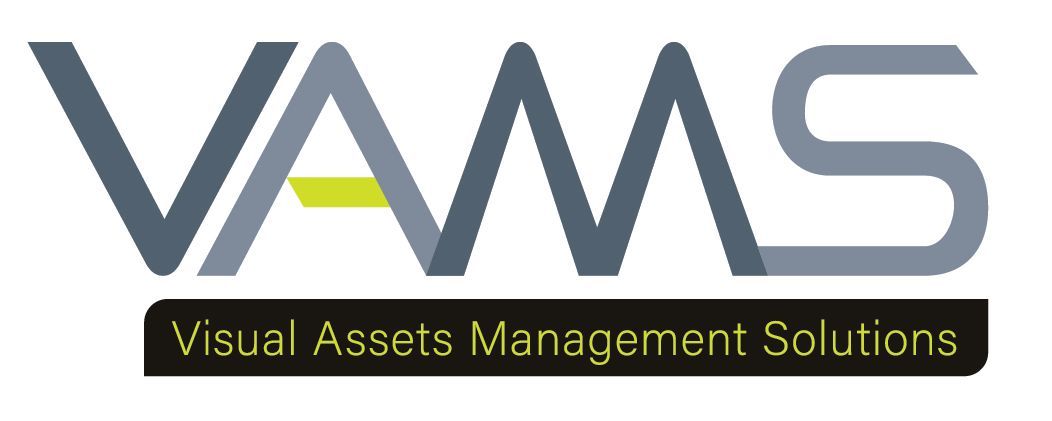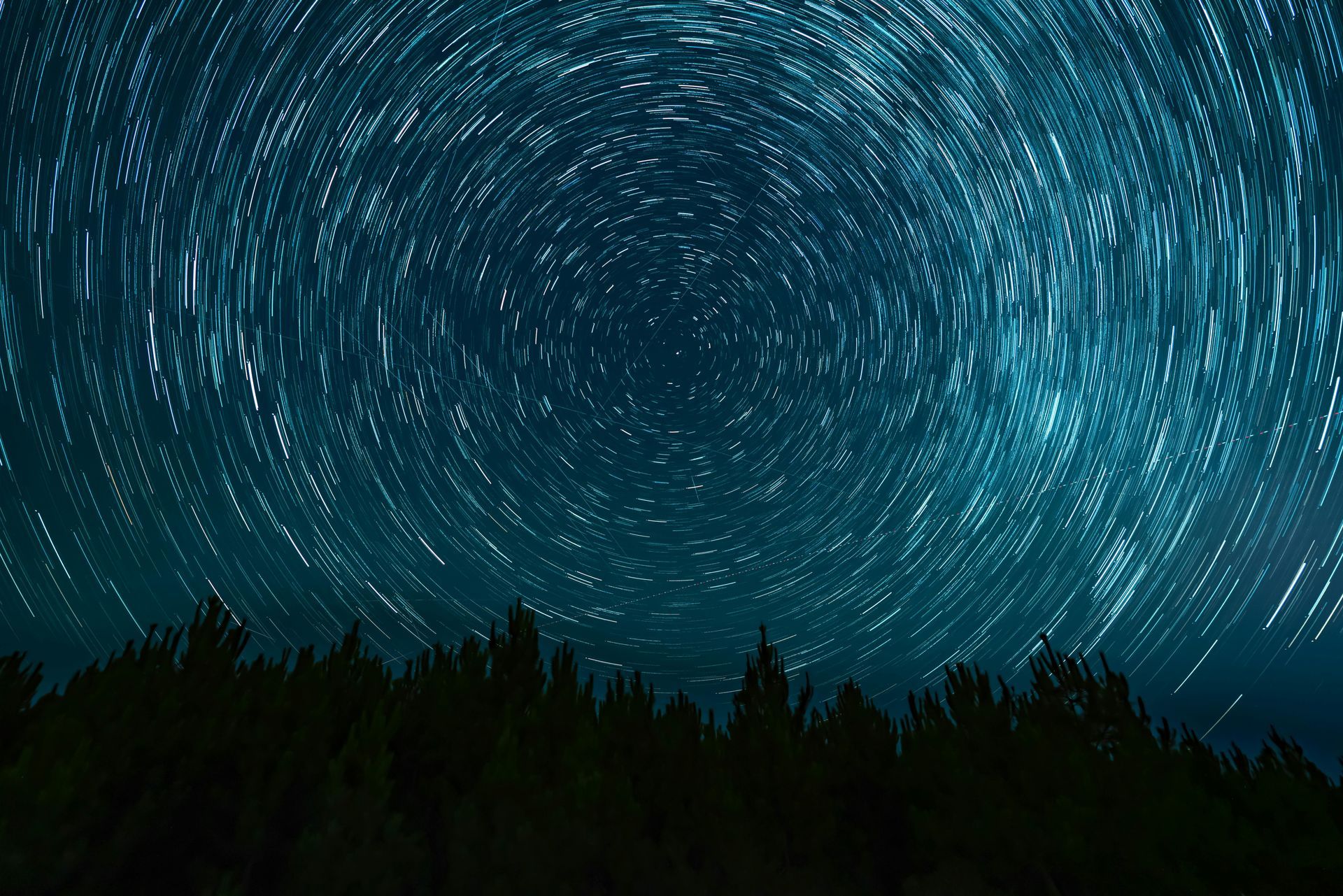Drone Techniques in Architectural Photography
Drone Techniques in Architectural Photography

Drone Techniques in Architectural Photography
The intersection of technology and artistry in photography continually reshapes how we
perceive and document the world around us. Architectural photography, a discipline
dedicated to capturing buildings and similar structures in aesthetically pleasing and
accurate ways, has significantly evolved with technological advancements.
The advent of drone technology introduces a revolutionary perspective, transforming not
just the vantage points but also the narrative of architectural storytelling.
This article embarks on an exploration of how drone photography, with its elevated views
and innovative techniques, enriches the domain of architectural photography, oBering
insights that ground structures within their broader environmental and societal context.
The Evolution of Architectural Photography
Architectural photography has journeyed from the rigid plates of the 19th century to the
dynamic drones of today. Initially, this genre served primarily documentary purposes,
capturing the grandeur and intricacies of architectural feats.
However, as cameras became more portable and technology advanced, the field expanded
its horizons. The introduction of color film, digital cameras, and now drone technology has
progressively unlocked new dimensions in architectural photography.
Modern techniques offer not just a record of structures but a narrative of their interaction
with the environment, the passage of time, and the human experience.
The role of technology, particularly the integration of drones, has been pivotal in this
evolution, enabling photographers to depict architecture in unprecedented ways, from
sweeping aerial views to intimate details of structural beauty, previously invisible to the
human eye.
Understanding Drone Photography
Drone photography represents the frontier of innovation in capturing architectural
wonders. At its core, drone technology leverages unmanned aerial vehicles (UAVs)
equipped with high-resolution cameras to take photos or videos from the air, oBering
perspectives unachievable with traditional photography methods.
The advantages of using drones are manifold: accessibility to hard-to-reach angles, the
ability to capture vast landscapes and intricate details from above, and the opportunity to
present architecture in its environmental context.
Yet, navigating the skies with a drone comes with its own set of challenges, including legal
restrictions, safety concerns, and the need for technical proficiency. Photographers must
acquaint themselves with local regulations governing drone flights, prioritize safety by
avoiding no-fly zones and crowded areas, and master the technical nuances of their
equipment to capture stunning architectural imagery.
The convergence of skill, creativity, and technology in drone photography opens new
avenues for architectural storytelling, inviting viewers to a higher vantage point where
buildings converse with the sky.
Drone Techniques in Architectural Photography
A. Aerial Perspectives
The unique selling point of drone photography in architecture lies in its ability to provide
aerial perspectives that ground structures within their broader environmental context. This
bird's-eye view oBers a comprehensive understanding of a building's design, its relation to
the surrounding landscape, and the interplay between man-made and natural elements.
Aerial shots can reveal patterns, textures, and features of structures that are invisible or
unremarkable from the ground. By manipulating altitude and angle, drones allow
photographers to craft compelling narratives around architectural subjects, highlighting
their majesty, symmetry, or even their ecological footprint.
B. Lighting and Time of Day
Lighting plays a pivotal role in architectural photography, and drones offer unparalleled
flexibility in capturing buildings under varying light conditions. The golden hours of dawn
and dusk provide soft, diffuse light that enhances textures and adds warmth to the
composition.
Midday light, often harsh and direct, can be harnessed to emphasize contrast and depth,
especially for structures with intricate details. Drones enable photographers to quickly
adapt to these changing conditions, capturing the dynamic interplay between light and
architecture from angles that were once inaccessible.
C. Composition and Framing
Composition and framing are as crucial in drone photography as in traditional photography,
but the aerial perspective provides new dimensions to these elements. Drones offer the
freedom to experiment with height and distance, allowing photographers to frame
architectural subjects against various backdrops, from urban skylines to untouched
landscapes.
The key is to maintain balance and harmony within the frame, using the rule of thirds,
leading lines, and symmetry to guide the viewer's eye. The ability to capture wide-angle
shots or zoom in for detailed views gives drone photography a versatile edge in storytelling.
Technical Considerations and Equipment
To achieve high-quality drone photographs, understanding the technical aspects and
selecting the right equipment are essential.
This section covers the best drones on the market for architectural photography,
considering factors such as camera resolution, stability, flight time, and ease of use.
Accessories like ND filters, polarizing filters, and additional batteries can also enhance the
shooting experience, allowing for longer flights and greater control over lighting and
exposure.
Moreover, post-processing plays a significant role in architectural photography; thus,
software recommendations for editing, stitching panoramas, and enhancing image quality
will be discussed. Practical advice on maintaining equipment, navigating software options,
and troubleshooting common issues will equip photographers with the knowledge to
capture and present architecture in its best light.
Tips for Aspiring Architectural Photographers
For those embarking on the journey of architectural photography with drones, this section
provides a treasure trove of practical advice. Starting with an understanding of drone
capabilities and limitations is crucial.
Aspiring photographers should familiarize themselves with the basics of drone operation,
including safety protocols and legal requirements, to ensure responsible flying.
Emphasizing the importance of practice, this section encourages newcomers to
experiment with different settings and conditions to discover their unique style.
Additionally, it highlights the value of understanding architectural principles and history, as
this knowledge can add depth to the photographic work. Networking with other
professionals and staying updated on technological advancements can also open new
opportunities and inspire creative approaches.
Finally, resources for continuous learning, such as online courses, workshops, and
photography groups, are recommended to hone skills and expand knowledge.
The Future of Drone Photography in Architecture
As technology advances, the future of drone photography in architecture promises even
greater innovation and creativity. This section explores emerging trends, such as the
integration of artificial intelligence for enhanced image capturing and processing, the use
of drones for 3D mapping and modeling of buildings, and the potential for virtual reality
experiences in architectural visualization.
It also considers the ethical and privacy implications of drone photography, advocating for
a balanced approach that respects individuals' rights while pushing the boundaries of
architectural expression.
The ongoing development of drone technology, including improvements in battery life,
camera quality, and flight stability, suggests that drones will continue to play a significant
role in architectural photography, offering ever-more sophisticated tools for capturing the
built environment.
The Future of Architectural Photography with Drones
The exploration of drone techniques in architectural photography reveals a dynamic field
where art meets technology. Drones have not only expanded the possibilities for capturing
architecture but have also challenged photographers to think creatively about
composition, lighting, and storytelling.
This article has traversed the evolution of architectural photography, the practicalities of
drone operation, and the artistic considerations that elevate drone photography from mere
documentation to a compelling narrative medium.
As we look to the future, the potential for innovation in drone technology and photographic
techniques promises to further enrich our appreciation of architecture and its place in the
human experience. By embracing these tools and techniques, photographers can continue
to tell the stories of buildings and spaces in new and inspiring ways, connecting with
audiences around the globe through the universal language of visual art.

